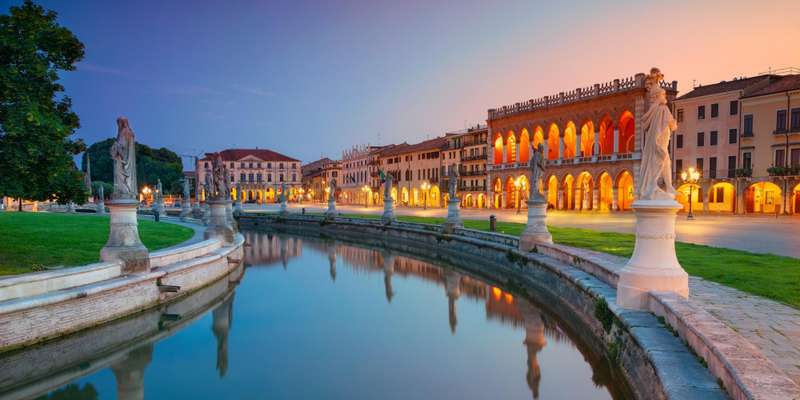- Home
- Useful Tips
- Photographing Padua's medieval gates
Capturing the grandeur of Padua's medieval gates can be frustrating for photographers. Over 60% of visitors miss the perfect shot due to harsh midday lighting or crowded conditions, leaving them with mediocre photos of these architectural marvels. The intricate carvings and imposing structures demand careful timing and positioning, yet most travel guides overlook these critical details. Without local knowledge, you risk wasting precious travel time circling the same overcrowded viewpoints as everyone else. These 13th-century gates tell Padua's story through their weathered stones – but only if you know how to photograph them properly.


Why your current gate photos look flat (and how to fix it)
The most common mistake photographers make is shooting Padua's gates head-on at noon. This approach flattens the intricate depth of the stone carvings and creates unflattering shadows. Local artisans designed these structures to be admired in angled morning or late afternoon light, which reveals the textures of the medieval stonework. For Porta Altinate, position yourself diagonally to the left gate tower around 4 PM in summer when the warm light hits the rusticated blocks. The Porta Molino reveals its hidden lion sculptures best when backlit at sunrise, creating dramatic silhouettes against the glowing stone. Remember these are defensive structures – their power comes from dimensionality that direct flash or midday sun can't capture.
The local's golden hour circuit for perfect lighting
Padovans know each gate has its own ideal moment. Start at Porta Pontecorvo at dawn when the rising sun aligns perfectly with its archway, creating a natural frame for the canal beyond. By mid-morning, move to Porta San Giovanni where the eastern light illuminates the faded fresco fragments most visitors miss. As afternoon wanes, the western-facing Porta Santa Croce becomes magical – stand in the small piazza opposite to capture the gate's reflection in rain puddles during cooler months. These transitions require careful timing, but the reward is having each monument glowing at its photogenic peak without battling crowds. Pro tip: The hour before sunset brings soft light to Porta Codalunga's rarely-photographed rear facade where ivy climbs the ancient bricks.
Hidden vantage points even locals forget about
Beyond the obvious frontal shots lie Padua's secret perspectives. The small park behind Porta Savonarola offers an elevated view through plane trees that frame the gate naturally. Few realize the upper floors of the café beside Porta Trento have unrestricted views of the crenellations – arrive early to claim a window table. For drone-free aerial perspectives, the staircase in Palazzo della Ragione (when open) provides a stunning overlook of Porta dei Tadi. The most unexpected angle? The metal footbridge near Porta Liviana reflects the gate perfectly in still water at twilight. These spots require no special equipment, just knowledge of Padua's layered urban landscape that turns good photos into extraordinary compositions.
Crowd-free shooting strategies during peak season
Padua's gates attract constant foot traffic, but strategic timing changes everything. Sundays at dawn are surprisingly quiet as locals sleep in after Saturday night's bacaro crawls. Rainy weekdays deter casual visitors but make the stonework glisten beautifully – pack a lens cloth and shoot Porta Molino's rain-slicked cobbles. The 30 minutes before lunch (12:30-1 PM) see thinning crowds as Italians prioritize meals over sightseeing. For Porta Altinate, position yourself opposite the flower stall that blocks tourist flow naturally. Remember that most tour groups hit the gates between 10 AM and 2 PM – with this schedule reversed, you'll have these medieval masterpieces almost to yourself.



